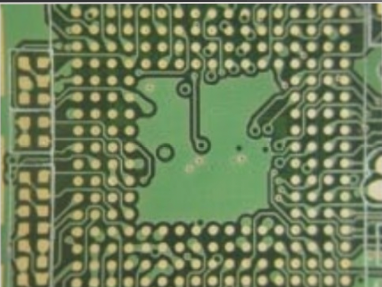Challenges in Thermal Management of Printed Circuit Boards (PCBs)
1. Meeting the increasing demands for smaller sizes and faster speeds from consumers poses a challenge in solving the heat dissipation issue in PCBs with growing density.
2. With stacked microprocessors and logic cells operating at GHz frequencies, engineers prioritize cost-effective thermal management across design, packaging, and materials fields.
3. The shift towards manufacturing 3D ICs for higher functional density adds complexity to thermal management challenges.
4. Simulation studies show that a 10°C temperature rise can potentially reduce the performance of a 3D IC chip by over one-third due to doubled thermal density.

Current Trends and Solutions
1. According to the International Semiconductor Technology Blueprint (ITRS), interconnect traces in hard-to-cool microprocessor areas may consume up to 80% of chip power in the next three years. Thermal Design Power (TDP) evaluates a processor’s heat dissipation capacity.
2. Large data centers face significant heat dissipation challenges, with cooling fans consuming up to 15% of electricity and contributing to heat sources. Advanced temperature detection and fan control are crucial for efficient cooling.
3. Thermal management complexities increase with multi-core processor PCB installations, leading to higher heat dissipation in large servers despite lower power consumption per core.
4. IC thermal management struggles with hot spots on chip packaging, where heat flux can be as high as 1000W/cm2, posing monitoring difficulties.
5. Careful thermal design layout on PCBs is essential for effective heat dissipation. Engineers should place high-power components apart from each other and avoid PCB corners to maximize heat dissipation area.
6. Soldering power pads to the PCB helps dissipate heat, with exposed pad type power pads conducting about 80% of generated heat into the PCB.
